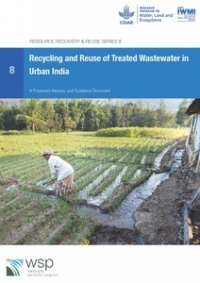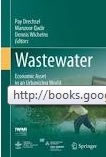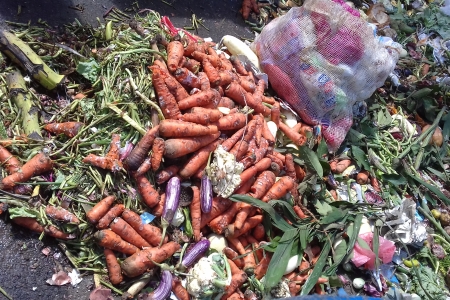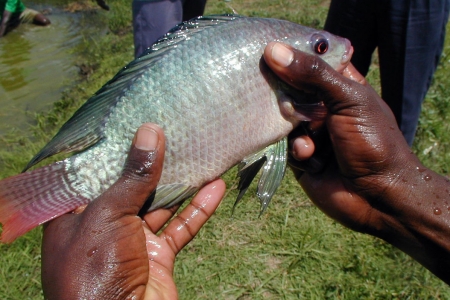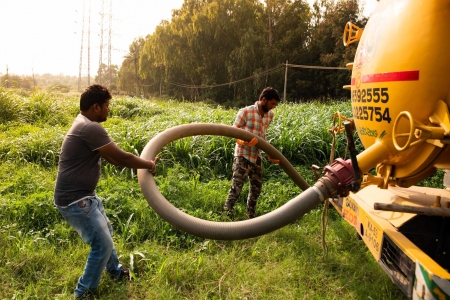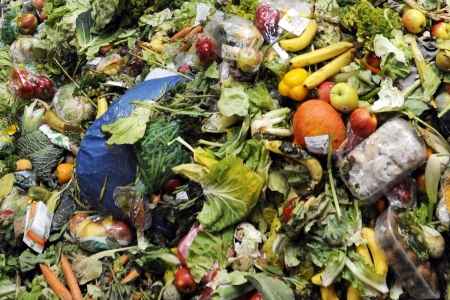Millions of farmers have started using municipal wastewater to grow crops in peri-urban areas. Wastewater is a source of water year-round, rich in nutrients and, if safely used, a highly productive resource.
However, until recently, no global repository for data on wastewater production and use in agriculture existed. Now, the best available data on municipal wastewater production, collection, treatment, discharge and direct use for irrigation purposes is continuously collected and added to AQUASTAT, the Food and Agriculture Organization of the United Nations (FAO) global water information system. This initiative, started by FAO, has the scientific and technical support of the International Water Management Institute, the CGIAR Research Program on Water, Land and Ecosystem's lead center.
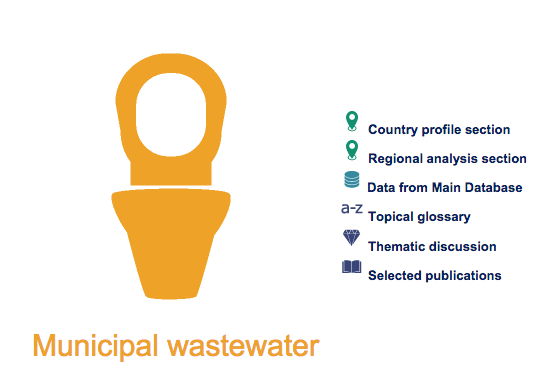
In comparison to existing wastewater and sanitation databases that focus on the percentage of sanitation coverage, AQUASTAT focuses on the volume of municipal wastewater. Development practitioners, investors and other decision makers can integrate the data into existing water resource and use accounts in different countries, to help guide investments in wastewater treatment and reuse for agricultural uses.
As a result of a recent in-depth review, hundreds of new data and metadata have been added to the AQUASTAT Main Database, bringing the total to around 2300 data points and 1300 metadata. “This is now one of the largest global repositories of wastewater data, something increasingly important in view of the SDG 6.3 baselines, targets and monitoring,” commented Javier Mateo-Sagasta, Senior Researcher on Water Quality and Safe Reuse at IWMI.
Visit the AQUASTAT municipal wastewater database.
Related Publications
- Global database on municipal wastewater production, collection, treatment, discharge and direct use in agriculture
- Global wastewater and sludge production, treatment and use [PDF]
- Urban wastewater and agricultural reuse challenges in India
- Drivers and characteristics of wastewater agriculture in developing countries: Results from a global assessment
- Setting and achieving water-related Sustainable Development Goals

